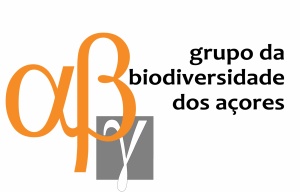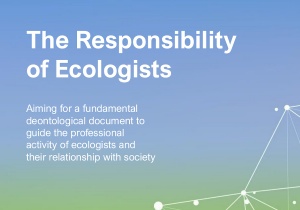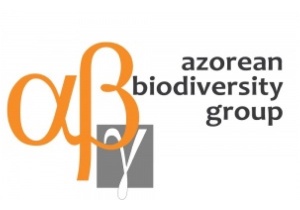9/11/2020. Text by João Pedro Nunes, edited by Marta Daniela Santos. Image: Nick-D, CC BY-SA 4.0, via Wikimedia Commons.
Também disponível em Português, aqui.
The devastating bushfires in Australia in 2019 and 2020 burned more than 12 million hectares of natural areas, including regions with large portions of the watersheds which supply drinking water for New South Wales and Victoria, with potential negative impacts on water quality. This has highlighted the need for water suppliers to understand which emergency measures they can take to minimize these impacts.
The Water Services Association of Australia (WSAA) has recently published the “National good practice operational guidelines for bushfire management for the Australian water industry”, using a methodology for assessing the risk of water contamination after forest fires developed within an international collaboration led by João Pedro Nunes, researcher at the Centre for Ecology, Evolution and Environmental Changes – cE3c (University of Lisbon, Portugal). The results of that collaboration were published in the Hydrological Processes journal in 2018, here. Of this international team are part researchers that work in some of the most fire-affected regions of the world – Mediterranean Europe, the US, Canada and Australia.
The scientists proposed an operational framework to understand fire-impacted hydrological systems, including guidelines to identify the contaminants of concern, the ways in which they are mobilized, and the pathways through which they reach water bodies. The WSAA applied this framework in a GIS environment, which allows Australian water supplies to quickly identify and mitigate potential water supply risks immediately after large bushfires. Afterwards, some members of this team collaborated with WSAA associates to help implement the methodology.
Portugal faces a similar problem, as shown by the impacts of the 2017 wildfires. To address this issue, cE3c is conducting project FRISCO: “managing Fire-induced RISks of water quality Contamination”, based on the same methodology. The project is also led by JP Nunes and is based on a collaboration with the water supply utility “Águas de Portugal”, and aims to build an operational risk-assessment tool for water suppliers based on satellite imagery of burned areas.
The WSAA operational guide:
The cE3c-led article:
Nunes JP, Doerr SH, Sheridan G, Neris J, Santín C, Emelko MB, Silins U, Robichaud PR, Elliot WJ, Keizer J. 2018. Assessing water contamination risk from vegetation fires: challenges, opportunities and a framework for progress. Hydrological Processes 32 (5): 687–684 DOI: 10.1002/hyp.11434






